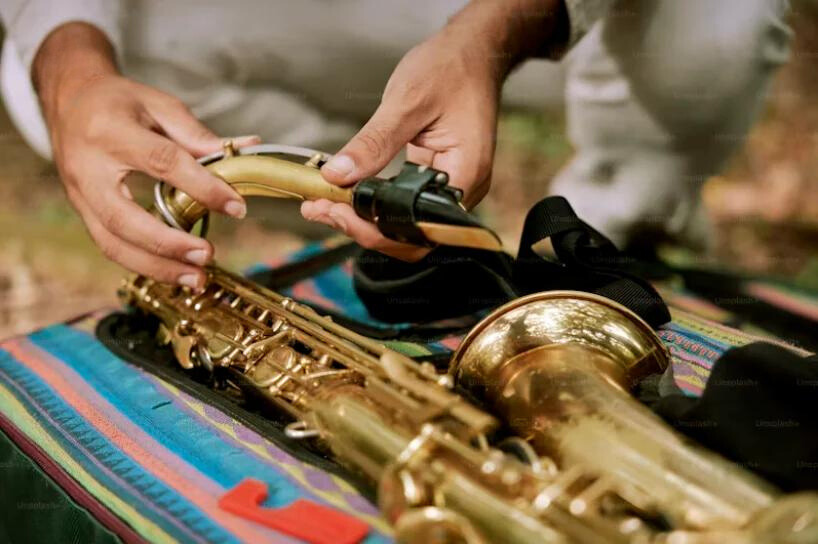The Origins of Music
-
Ancient Evidence:
-
The Oldest Instruments: The oldest unequivocal musical instruments discovered archaeologically are bone flutes. Flutes made from bird bones and mammoth ivory, found in caves in the Swabian Jura mountains of Germany, have been dated to approximately 42,000 - 43,000 years ago. These flutes could produce complex scales, proving that humans at that time had mastered quite advanced music-making technology.
-
Earlier Vocal Music: Clearly, singing (the human voice) must have predated instruments. The voice is the most primal and accessible "instrument." Scholars widely agree that rhythmic calls, chants, imitations of natural sounds, and other vocal forms likely developed soon after, or even concurrently with, the emergence of human language capabilities. Their history might stretch back tens of thousands or even hundreds of thousands of years. Unfortunately, sound leaves no direct fossil evidence like stone tools or bone artifacts.
-
-
Possible Origin Theories and Motivations:
-
Communication & Emotional Expression: Before language was fully developed, or when expression needed to go beyond the power of words, rhythmic calls and variations in pitch could convey information, warnings, coordinate actions (like group work), or express basic emotions like joy, sorrow, or fear.
-
Social Cohesion & Ritual: Music has a powerful ability to bind groups together. Shared rhythms and melodies synchronize members' actions (like dancing or rowing), enhancing group identity and belonging. Music played a central role in religious ceremonies, shamanistic activities, magic, rites of passage, funerals, etc., believed to facilitate communication with spirits, ancestors, or supernatural forces, intensifying the ritual's effect and participants' emotional engagement.
-
Coordinating Labor: This is a very old and widespread theory. Rhythmic calls or songs (like "work songs") could effectively synchronize the pace of collective physical labor (like carrying heavy loads, rowing, tamping earth), reducing fatigue and increasing efficiency. This can be seen as one of the earliest forms of functional music.
-
Imitating Nature: Early humans might have imitated sounds of nature (bird songs, wind, water flow, thunder, animal calls) for entertainment, communication, or as a way to understand the world. These imitations gradually evolved into organized tones.
-
Courtship & Sexual Selection: Charles Darwin proposed that music might have originated through sexual selection, akin to birdsong. Musical ability (composing, singing, playing) could have been seen as a means to attract mates and display health, creativity, and intelligence.
-
Biological Basis: Modern research shows that the human response to rhythm and melody has a neurobiological basis. Infants are born responsive to music, able to perceive rhythm and pitch changes. This suggests that certain elements of music may be deeply rooted in our brain structure and evolutionary process. Music activates the brain's reward pathways, producing pleasure.
-
Soothing & Childcare: Mothers rhythmically humming or singing gentle lullabies to infants is likely one of the oldest and most universal forms of music, used to soothe babies and foster emotional bonding.
-
-
Corroboration from Anthropological Observations:
-
Studying existing, relatively isolated indigenous tribes (like the San people of Africa or tribes in the Amazon rainforest) reveals that music is deeply embedded in their daily lives, rituals, healing practices, and social structures. These musical forms are often simple, highly repetitive, closely integrated with dance, and serve specific social functions (hunting rituals, healing illness, storytelling, celebrating harvests, etc.). This provides crucial insight into the possible forms and functions of ancient music.
-







